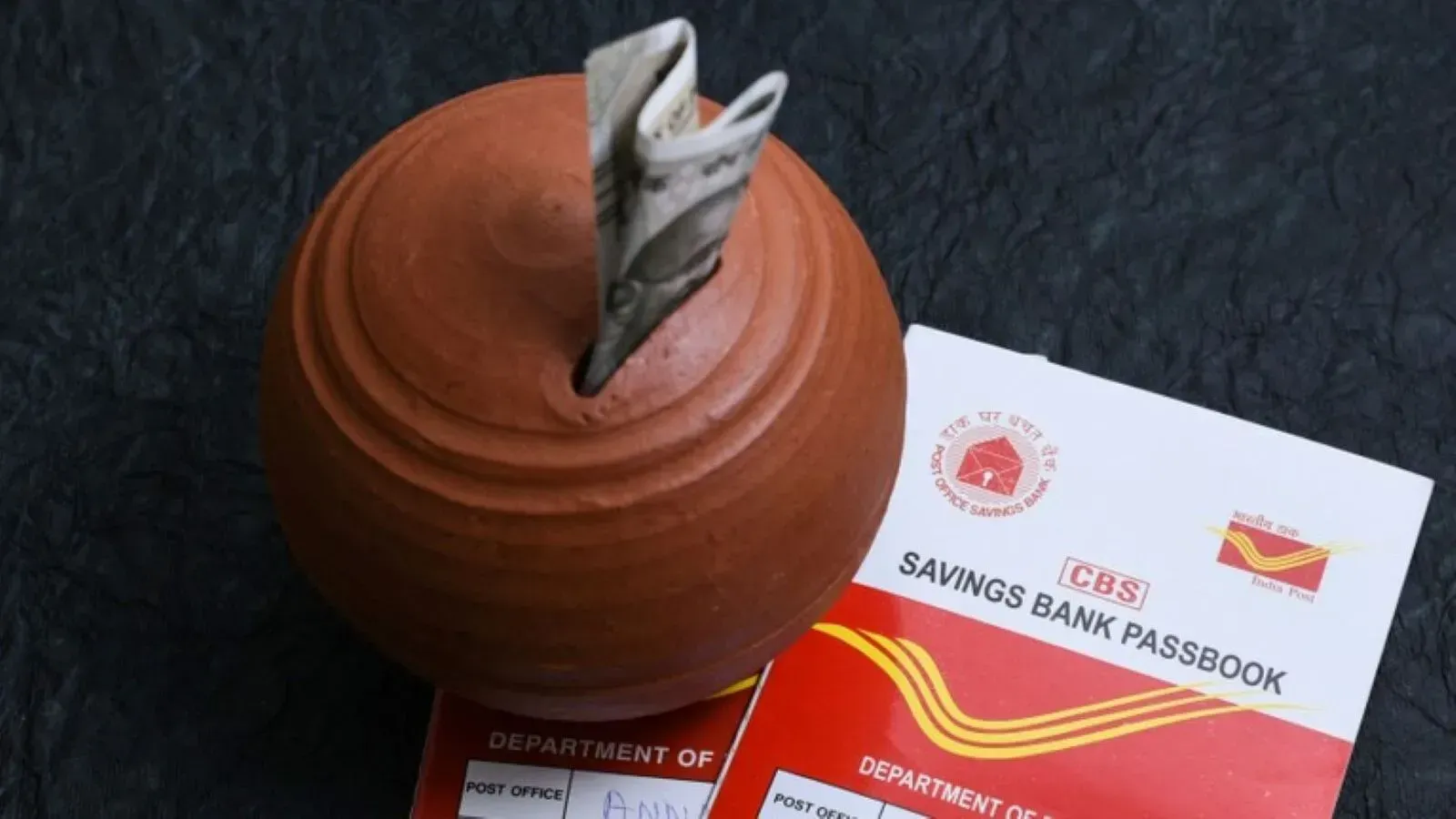Personal Finance News
Post Office Recurring Deposit: How are RD accounts affected by interest rate change?
.png)
4 min read | Updated on September 30, 2025, 09:56 IST
SUMMARY
The Finance Ministry declares the Post Office Recurring Deposit interest rate every quarter. The scheme is popular among small savers for guaranteed returns.

Revised Post Office Post Recurring Deposit interest rate to be announced tomorrow. | Image source: Shutterstock
A change in the Post Recurring Deposit (RD) interest rate does not affect the existing deposits. However, new accounts can be affected depending on whether the interest rate has been increased or decreased.
As the Finance Ministry is expected to announce the Post Office Recurring Deposit interest rate for the October-December quarter of FY 2025-26 on Wednesday, September 30, 2025, here's a look at how a change in interest rate affects RD account holders.
How does the Post Office Recurring Deposit interest rate work?
The Finance Ministry declares the Post Office Recurring Deposit interest rate every quarter. The scheme is popular among small savers for guaranteed returns.
Currently, Post Office Recurring Deposit scheme is offering 6.7% interest. According to the Post Office website, deposits under Post Office RD,
- matures after 5 years (60 monthly deposits) from the date of opening
- the Post Office RD account can be extended for further 5 years by giving application at concerned Post Office.
- the RD account can be retained up to 5 years from the date of maturity without deposit also.
Impact of Post Office RD interest rate hike or cut
Like Post Office Time deposit, interest rate changes in Post Office RD apply only to new accounts opened during the quarter in which the revised rate is announced.
This means:
⦁ If the finance ministry increases the Post Office RD interest rate, only new investors (or fresh deposits after account maturity/extension) will benefit from the higher rate.
⦁ Existing Post Office RD account holders continue to earn the interest rate that was in effect when they opened or extended their account.
So, if an individual has currently invested in Post Office RD at 6.7%, a later rate cut will not affect his/her returns. Similarly, an increase in interest rate will also not have any effect on an existing Post Office RD account holder.
If the Finance Ministry revises the Post Office RD interest rate, then the new rate will apply only to new deposit accounts.
For an individual account holder, the Post Office RD interest rate is fixed for the entire tenure once you invest. This is different from schemes like PPF and SSY where the interest rate can change even before maturity. So, any rate hike or cut only affects new investments or renewals made after the rate change, not the existing Post Office RD accounts.
More about the impact of interest rate changes on other small savings schemes:
What this means for you:
Post Office RD currently allows an individual to invest a minimum ₹100 per month, and there is no maximum limit.
-
If you start investing ₹10,000 per month in Post Office RD today at 6.7%, you will receive approximately ₹7,13,659 after five years.
-
However, if the government announces a rate hike, only new deposits will get the higher interest rate.
-
Similarly, if the interest rate drops, existing Post Office RD accounts won’t be affected until maturity or renewal.
Ahead of the small savings scheme interest rate announcement, Post Office RD account holders are expecting a hike in the interest rate. However, nothing can be confirmed at this time. Moreover, any hike or cut will not have any effect on their existing investments under the Post Office RD scheme.
Related News
By signing up you agree to Upstox’s Terms & Conditions
About The Author
Next Story


